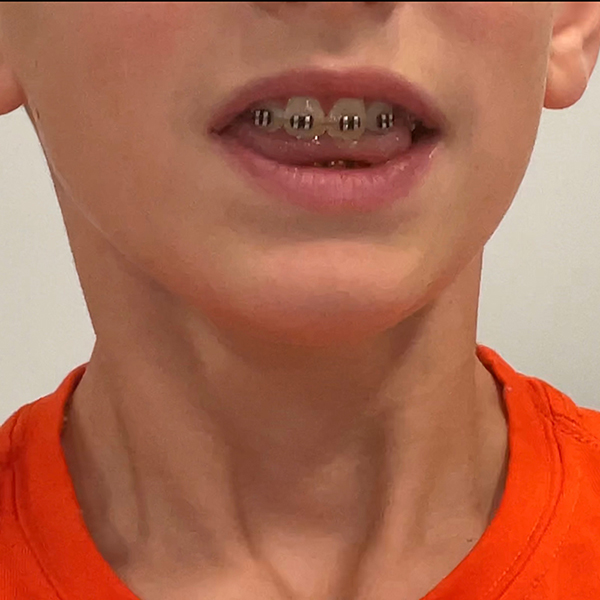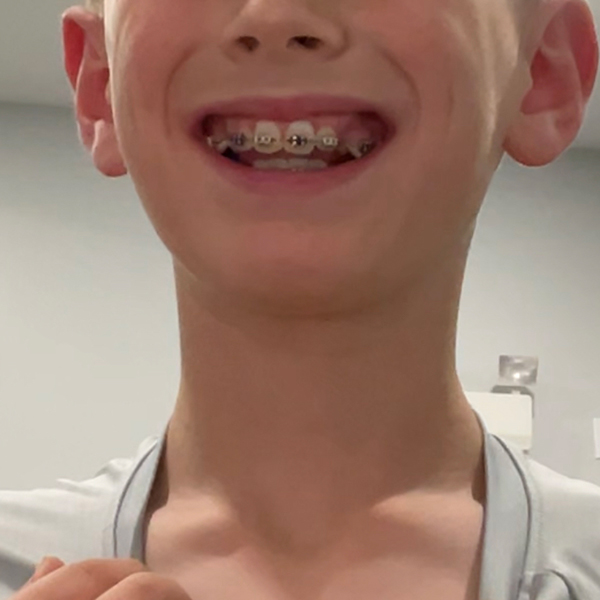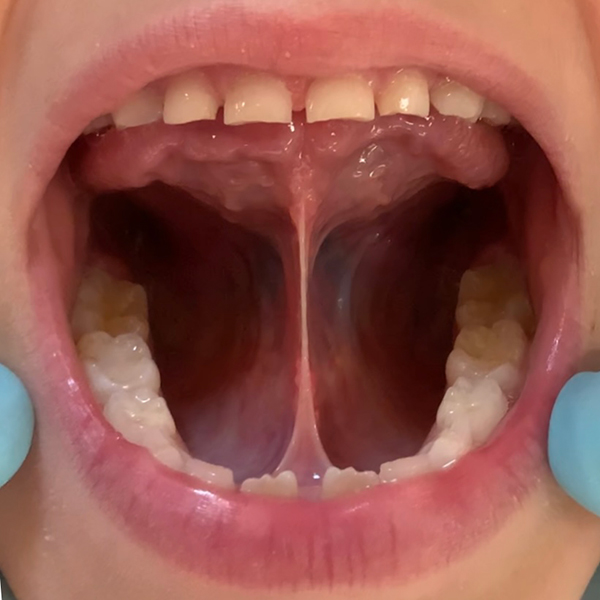Orofacial Myofunctional Therapy
Orofacial Myofunctional Disorders (OMDs) are physical abnormalities of the muscles or bones of the face and mouth. These abnormalities may be developmental or may result from habits such as prolonged pacifier use or incorrect tongue posture. OMDs may result in problems with feeding, speech, and breathing. WalkEZ TalkEZ has Certified Orofacial Myologists® who are trained to detect and assess these disorders and determine which therapy treatment(s) are most likely to counteract these problems.

Signs, Symptoms and Diagnoses that may indicate a need for OMD Therapy:
- Tongue-thrust
- Tongue-tie (Ankyloglossia)
- Difficulty Chewing and/or Swallowing
- Speech Impediments (such as Lisping)
- Feeding Difficulties
- Breathing Difficulties
- Obstructive Sleep Apnea (OSA)
- Mouth Breathing
- Drooling
- Gagging
- Tethered Oral Tissues (TOTs)
- Orofacial Myofunctional Disorder (OMD)
OMD Therapy can also help eliminate habits that can lead to abnormal physical development such as:
- Digit Sucking (Thumb, Fingers, Toes)
- Extended Pacifier Use (after one year of age)
- Lip Licking
- Lip Picking
- Nail Biting
- Pen Cap Chewing
- Straw Chewing


Tongue thrust patient before therapy.

Tongue thrust patient after therapy.
Tongue Thrust
A tongue thrust condition exists when a person’s tongue rests too far forward in their mouth pushing against, or between, the front teeth. Left untreated, a tongue thrust can cause developmental abnormalities of the mouth leading to difficulties speaking, chewing, and swallowing.
Tongue-Tie (Ankyloglossia)
Tongue-tie is a condition where a piece of tissue (the frenulum) anchors the tongue to the floor of the mouth resulting in a limited ability to move it. This condition can result in difficulties speaking, chewing, and swallowing. In infants, this condition can interfere with breastfeeding resulting in a failure to thrive.

Patient with a Tongue-Tie.
